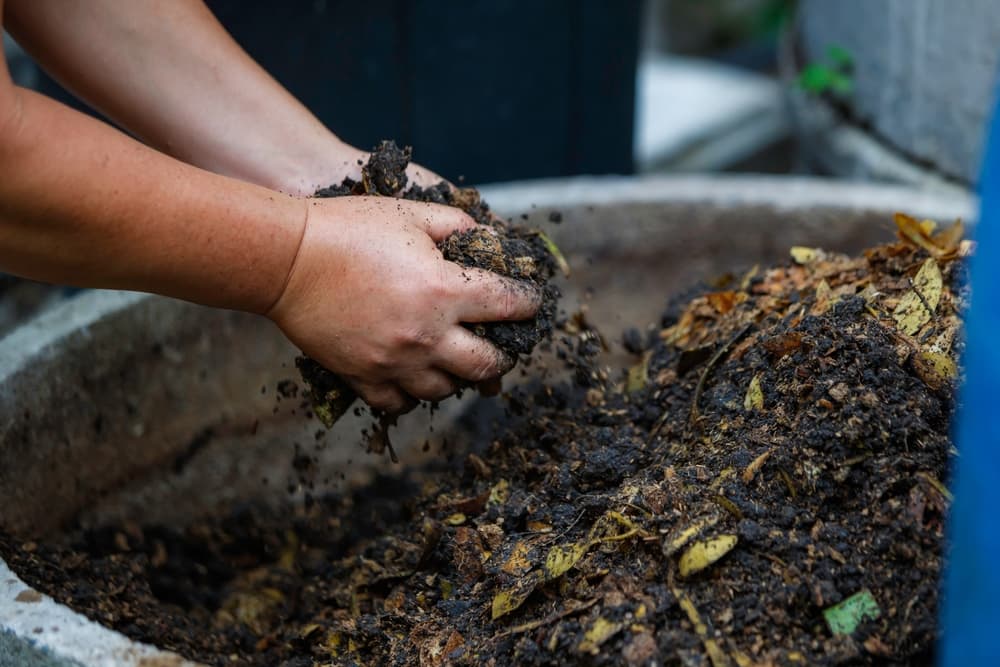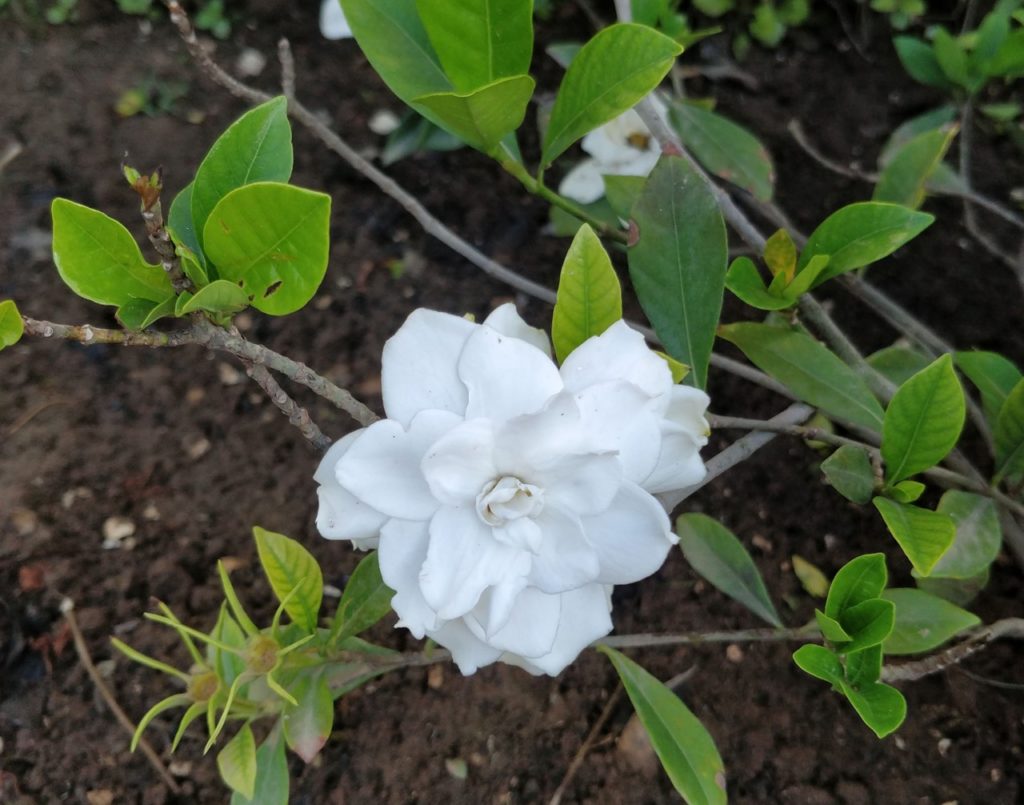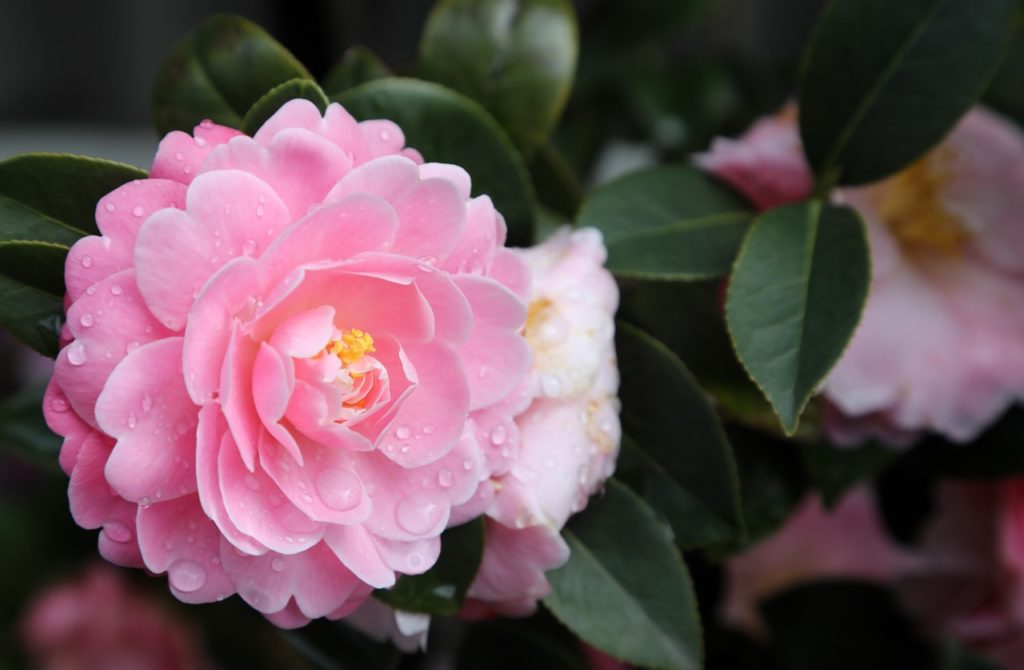Acidic Soil Is A Must For Camellia Plants – And Do Everything To Avoid Waterlogging


Elizabeth is a Permaculture Garden Designer, Sustainability Consultant and Professional Writer, working as an advocate for positive change. She graduated from the University of St. Andrews with an MA in English and Philosophy and obtained a Diploma in Applied Permaculture Design from the Permaculture Association.
Reviewed By COLIN SKELLY

Colin is a Horticulturist and Horticultural Consultant with experience in a range of practical and managerial roles across heritage, commercial and public horticulture. He holds the Royal Horticultural Society’s Master of Horticulture award and has a particular interest in horticultural ecology and naturalistic planting for habitat and climate resilience.
IN THIS GUIDE
CAMELLIA GUIDES
Container Growing
Deadheading
Feeding
Problems
– Buds Falling Off
– Brown Leaves
Pruning
Soil Requirements
Sowing
Varieties
– Common Camellia
– Red Varieties
Winter Care
Camellia can be a relatively low-maintenance option for the garden, but it can quickly become far more work and less reliable if you do not grow it in an appropriate position.
Camellias can be grown in pots or in the ground if the soil is suitable.
However, it is vital to provide the right conditions when it comes to the soil or growing medium where you wish to grow these shrubs.

Here are the basic things you need to know before growing:
- Camellias can be grown in clay, loam or sand in a garden.
- They absolutely must have acidic soil conditions.
- They cannot tolerate waterlogging.
- When a suitable site is not available in the soil in a garden, camellia can be grown (in ericaceous compost) in pots.
Preferred Soil Type
The first thing to look at if you would like to grow camellias in your garden soil is the soil type you have in your garden.
Camellias will typically thrive in clay, loam or sand.
Any of these above soil types, as long as it is relatively fertile, should be suitable for these shrubs.

After you have determined your soil type, it is vital to look at one characteristic of the soil in particular – pH.
Above all else, when it comes to choosing a site and looking at your soil, it is important to understand that these plants need an acidic to neutral soil – ideally with a pH between 5.5-6.5.
Soil Moisture
Another important characteristic to look at when determining whether your garden soil is appropriate for growing camellias is moisture retention and the potential for waterlogging.
Camellias are actually fairly resilient and can cope with a lot.
However, one thing that they cannot usually cope with at all is damp, boggy soil.
“If you aren’t sure about you garden conditions yet then wait until you are before choosing to plant,” Horticulturist Colin Skelly recommends.

“Take some pH tests across the garden to give you an idea of the general acidity and of any differences across the site.
“Then, in the middle of winter after some wet weather, observe the ground conditions in the garden.
“Ask yourself where does the water pool? Do any spots drain more freely than others? In summer, do the same. Where is the soil still moist? Where is it drier?
“Camellias will suit a spot that is not boggy in winter but still relatively moist in summer.”
Fortunately, even if you have a heavier clay soil that is prone to waterlogging, you can add plenty of organic matter to improve drainage.
Potting Mix
If you don’t have acidic and moist yet free-draining soil in your garden, some amendment might be possible, but instead it might be better to grow them in containers.

If you are growing a camellia in a container, make sure that you choose a suitable peat-free ericaceous compost.
Repot with fresh medium every 2-3 years to maintain the appropriate fertility and pH level and to make sure compaction does not occur.
